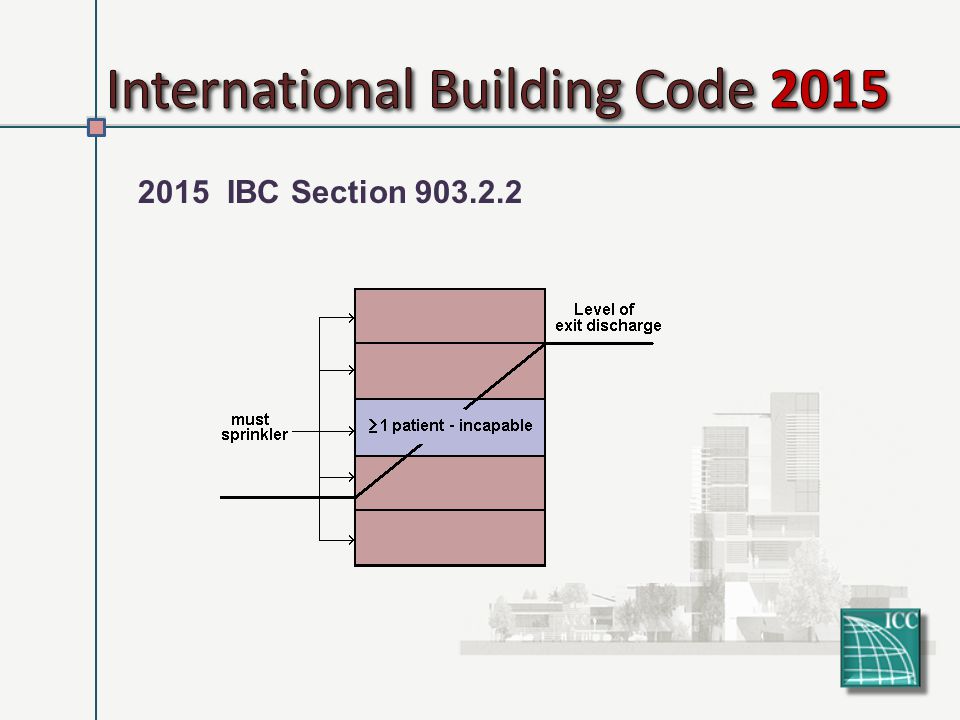Sound Insulation Regulations: Navigating Compliance and Best Practices

Noise pollution with urbanization is a growing issue for both residential and business establishments. To address this issue sound insulation regulations are in place to ensure a healthy environment in buildings.
It can be overwhelming to navigate these rules and best practices, but developers, architects and property owners must recognize and comply with standards.
Understanding Sound Insulation Regulations
Country and even local sound insulation regulations vary. In the United States, the International Building Code sets minimum requirements for different types of buildings for sound transmission class ratings (STC). The STC rating indicates how well a building element like a wall or floor can block sound transmission. A higher STC rating means better sound insulation.
For example, in multifamily residential buildings the IBC requires at least 50 STC ratings for walls and floor-ceiling assemblies separating dwelling units. This means these building elements must reduce transmission of sound by at least 50dB. Similar requirements pertain to other kinds of structures like schools, hospitals, and offices.
In the UK, Building Regulations Part E defines sound insulation standards for residential buildings. These regulations define minimum airborne and impact noise insulation values for walls, floors, and stairs between dwellings.
Developers and architects need to know the specific sound insulation regulations for their projects to avoid expensive remediation work.
Sound Insulation and Design
Sound insulation requires good design. Architects and designers must think about several factors when designing a building to meet sound insulation requirements:
- Masses: Heavier materials like concrete and brick offer better sound insulation than lighter ones like drywall or wood.
- Decoupling: Vibration transmission and sound insulation can be improved by Separating building elements such as walls and floors using resilient materials such as rubber or foam.
- Absorption: sound-absorbing materials like acoustic panels or insulation can damp sound reverberation in space.
- Sealing: Having all gaps and openings sealed around doors, windows and penetrations can stop sound leakage.
Using these design principles enables architects to create buildings that meet sound insulation regulations while also being more comfortable and productive for occupants.
Material Selection & Construction Methods.
The right materials and construction techniques are important for sound insulation. Some common materials and methods are:
- Double layer drywall: Two layers of drywall sandwiched by a resilient channel or other sound-absorbing insulation improves sound insulation.
- MLV – Dense, flexible material for sound barriers in walls, floors, and ceilings.
- Resilient channels – These metal channels separate drywall from framing to reduce vibration transmission.
- Stagger stud walls: Alternating the studs along one side of a wall reduces sound transmission through the framing.
- Insulation: Sound-absorbing Insulation materials like fiberglass or mineral wool can absorb sound and reduce echoes.
Follow manufacturer guidelines and industry best practice when installing these materials for best performance.
Testing & Verification
Tests and verification are required to determine if a building meets the sound insulation regulations. This usually involves hiring an experienced acoustic consultant to perform Field tests such as field sound Transmission Class – FSTC for airborne Sound and field impact Insulation Class – FIIC for Impact Sound.
InsulationPoint mentioned that these tests determine the actual sound insulation performance with the building elements in place if construction or installation defects exist. If the tests show the building is not sound insulation compliant, remediation work might be necessary – and costly.
To avoid such problems, regular inspections during construction are recommended to find out problems early on. This may include checking that penetrations are sealed properly, that insulation is installed correctly and that specified materials are used.
Maintenance & Upgrades.
Sound insulation isn’t a one-time project. Sound insulation performance must be maintained or improved as buildings age and / or change use or renovation.
Sound leakage can be prevented by regular maintenance such as sealing gaps or cracks that form over time. Upgrades and renovations of a building provide an opportunity to increase sound insulation using newer materials and construction methods.
For example, a building owner replacing windows can choose high-performance, acoustic rated windows that insulate better against sound than standard windows. In a similar manner, upgrading flooring with a resistant underlayment or floating floor system may reduce impact sound transmission.
Occupant Health & Wellbeing.
Apart from meeting regulatory requirements, sound insulation is important to occupant health and comfort. Abnormal noise exposure has been associated with sleep disturbance, stress, hypertension, and cognitive performance.
In residential settings adequate sound insulation provides occupants with a quiet living environment free of external noise sources or neighboring units ‘disturbances. This is especially crucial in urban high-density areas in which noise pollution is leading to great concern.
In commercial and institutional buildings like offices, schools and hospitals sound insulation is an asset for a productive environment. Distractions from background noise and reduced sound transmission between spaces may improve concentration, communication, and performance.
Moreover, sound insulation may also improve speech privacy in settings where confidentiality is essential – such as in legal offices, counseling centers or medical consultation rooms. Sound insulation prevents spillover of sensitive conversations thereby keeping people in their privacy and maintaining trust in professional relationships.
Sound insulation investment demonstrates compliance with regulations as well as concern for building occupant health and comfort. Developers, designers, and property owners can develop acoustical comfy areas to live, work and study in.
Final Words.
Sound insulation regulations help buildings maintain a healthy indoor environment for occupants. Knowing these regulations, planning for sound insulation, selecting appropriate materials and construction techniques, and conducting periodic testing and maintenance will help developers, architects and property owners comply with best practices.
Investing in sound insulation meets regulatory requirements but also has many other benefits including increased occupant comfort, productivity, and higher property values! As acoustic comfort becomes more recognized, sound insulation regulations and best practice will be essential for building success





